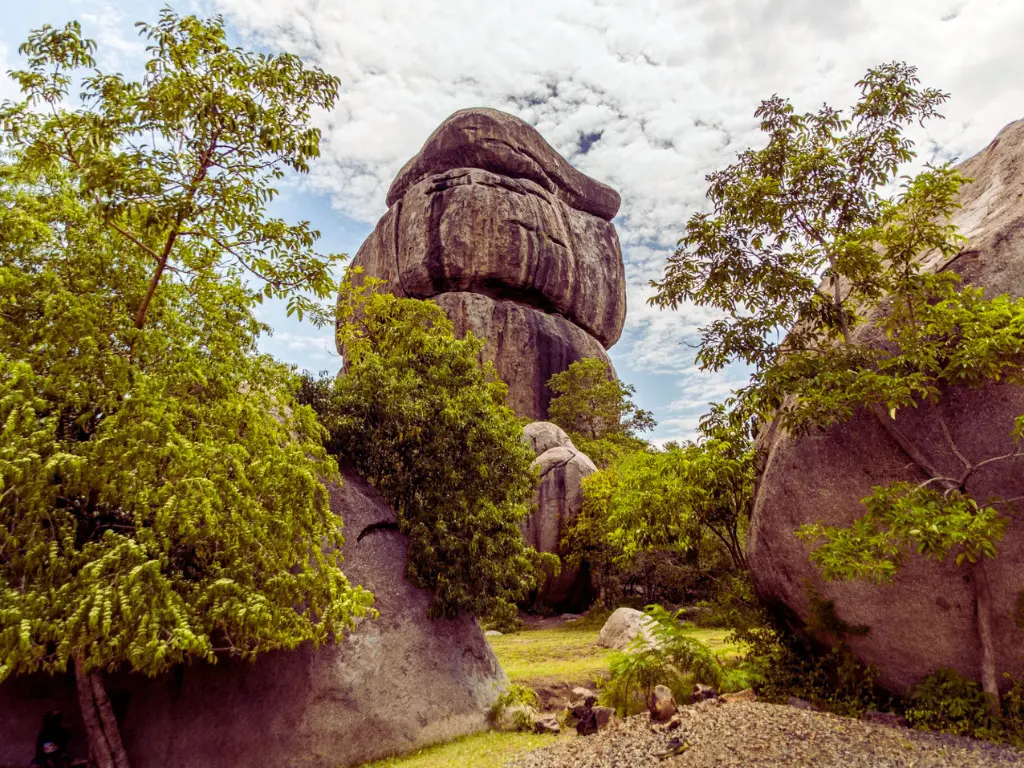
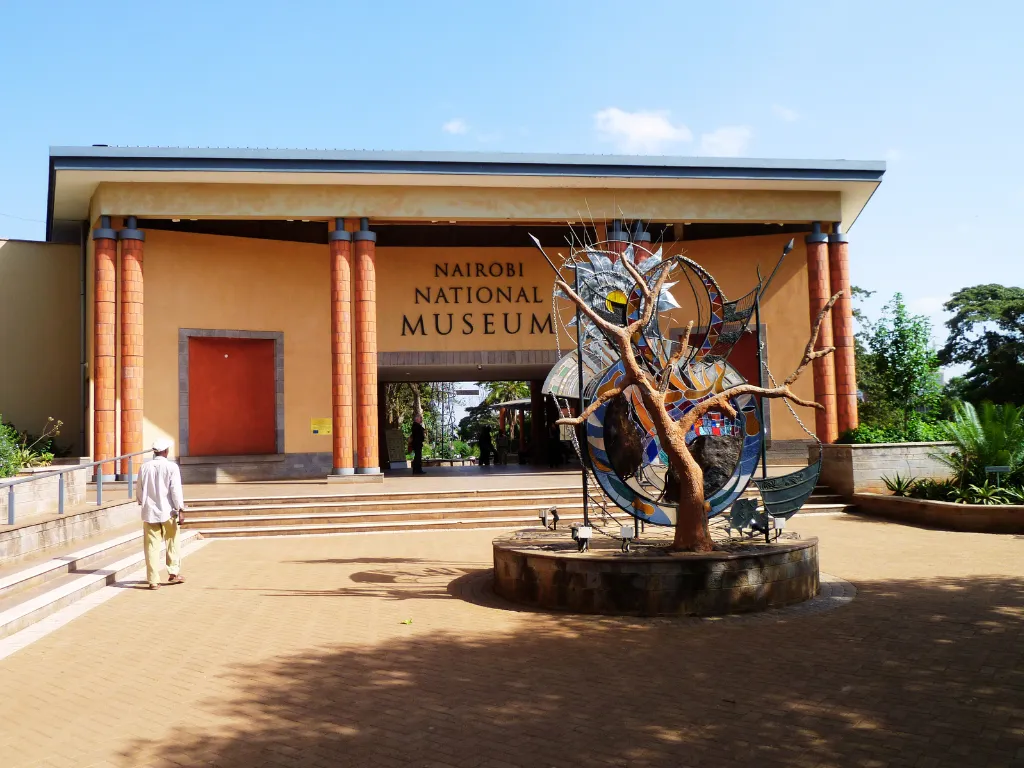
Why Visit? The Nairobi National Museum is Kenya’s premier cultural and natural heritage hub, offering immersive exhibitions for all ages. It’s conveniently located just minutes from Nairobi’s city center, making it an ideal stop for a quick visit or a comprehensive exploration of Kenya’s past and present.
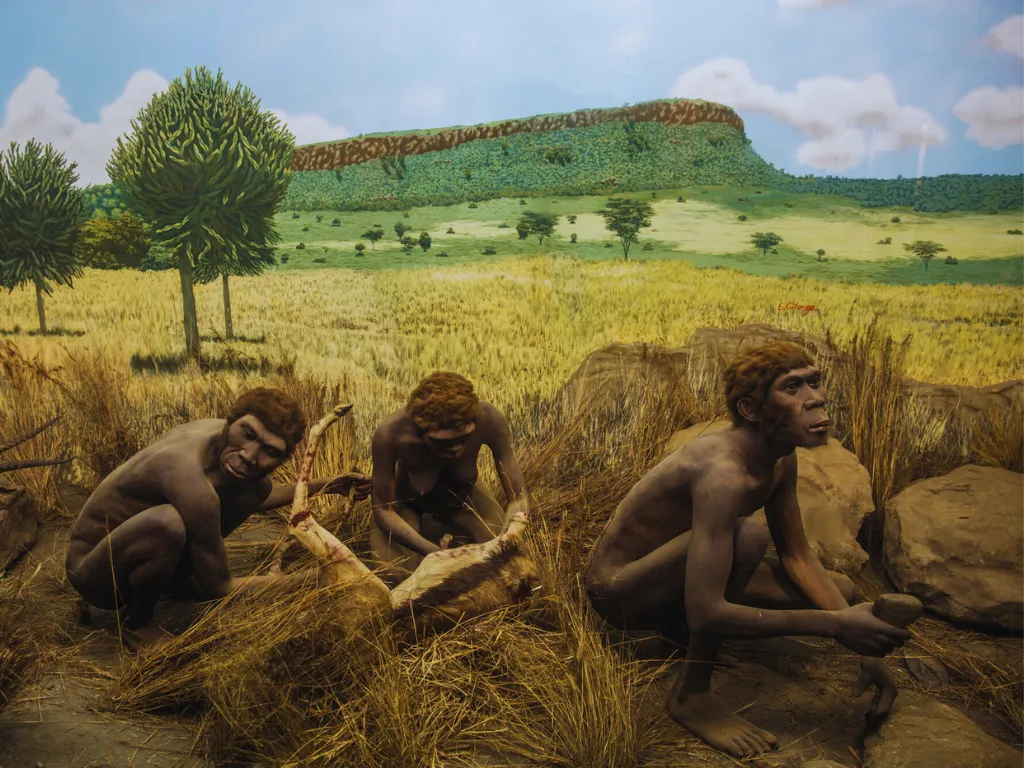
Showcases significant fossil finds and stone tools from Koobi Fora, shedding light on our human origins.
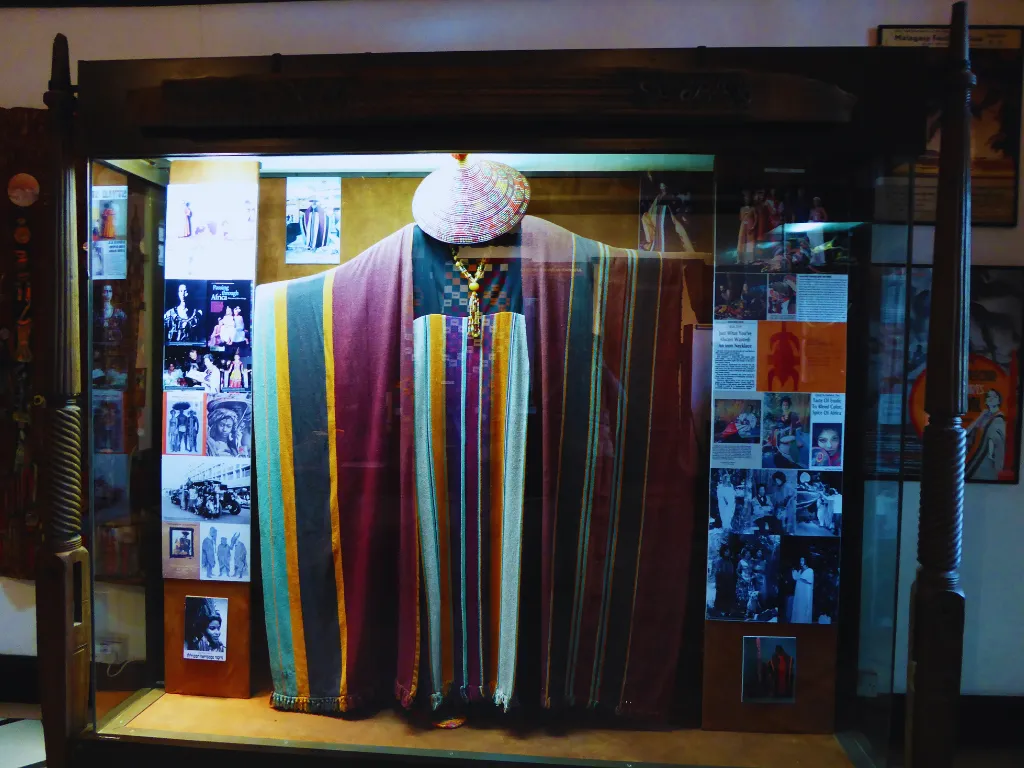
Dive into Kenya’s cultural mosaic, including exhibitions on various ethnic communities, colonial history, and the journey to independence.

Encounter indigenous Kenyan wildlife through life-sized dioramas, geology displays, and interactive conservation features.
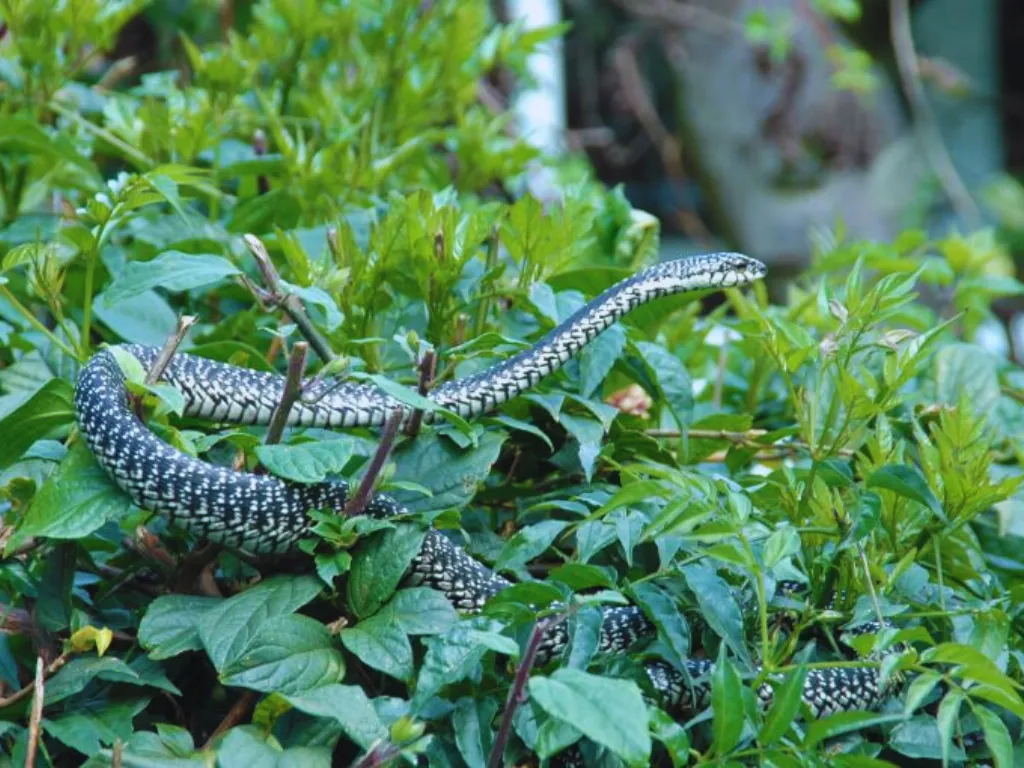
Features live reptiles, amphibians, and an aquarium, highlighting Kenya’s diverse herpetofauna.
The museum’s origins trace back to 1910, when naturalists of the East Africa and Uganda Natural History Society (now EANHS) sought a location to house and preserve their growing collection of specimens. Initially situated at the present Nyayo House, the facility later moved to a larger structure in 1922, where the Nairobi Serena Hotel now stands.
In 1929, the colonial government allocated land at Museum Hill, leading to the grand opening of the Coryndon Museum on September 22, 1930, named after Sir Robert Coryndon, a former Governor of Kenya. Following Kenya’s independence in 1963, the institution was rebranded as the National Museum of Kenya (NMK).
On October 15, 2005, the museum temporarily closed for an extensive modernization and expansion project, reopening in June 2008 as the Nairobi National Museum, with a new architectural design that places it among world-class institutions.
The museum houses permanent and temporary galleries, offering engaging exhibitions for learners, tourists, and researchers alike. Among the key permanent galleries are:
Visitors explore early human evolution, encountering prehistoric fossils and Stone Age tools. The Birds of East Africa exhibit, arranged in taxonomic family groups, illustrates avian adaptations to feeding and environment.
From the majestic elephant to the smallest shrew, this gallery presents mammalian evolution, locomotion, feeding habits, and defense mechanisms.
A journey through Kenya’s past, detailing:
The origin of different Kenyan communities and language groups
The pre-colonial and colonial periods
Independence and the struggle for liberation
Illustrating Kenyan social and cultural traditions, this exhibit captures childhood, youth, adulthood, and ancestral rites across different communities.
Showcasing Kenya’s monetary history, this exhibit explores the evolution of trade, exchange, banking, and digital transactions, complete with an interactive savings and banking program for children.
In addition to the exhibits, visitors enjoy:
Shopping and dining facilities
Botanical gardens offer a tranquil setting for relaxation
Opening Hours: Open daily from 8:30 AM – 5:30 PM, including public holidays.
Night Tours: Available for organized groups of at least 10 people, upon advance booking. Tours operate from 6:00 PM – 10:00 PM, except on privately booked function dates.
Location & Access: Conveniently accessed via public and private transport from Nairobi’s city center.
Temporary Exhibitions: Spotlighting specific themes—from Kenyan art to scientific discoveries.
Workshops & Lectures: By curators, researchers, and guest speakers, open to the public.
Guided Tours: Deep-dive sessions into the museum’s galleries, cultural topics, or specialized fields.
Gift Shop: Souvenirs, local crafts, and publications.
Café/Restaurant: Serving Kenyan and international cuisines.
Botanical Gardens & Sculpture Park: Serene outdoor spaces for relaxation and photography.
Parking: Secure parking on-site; early arrival is recommended during peak seasons.
Houses sections of the Directorate of National Repository & Research, promoting scientific studies in paleontology, archaeology, botany, zoology, and cultural anthropology. Scholars and students can access the Resource Centre (by appointment) for further research.
Combine your visit to Snake Park for a discounted joint ticket.
Weekdays are generally quieter—ideal for focused exploration.
Guided tours are recommended for first-time visitors or group excursions.
Step into a world of culture, history, and discovery at Nairobi National Museum—your gateway to Kenya’s diverse heritage!
The National Museums of Kenya (NMK), established under the Museums and Heritage Act (2006), is a multi-disciplinary institution dedicated to collecting, preserving, researching, and presenting Kenya’s cultural and natural heritage.
Sign up to our newsletter